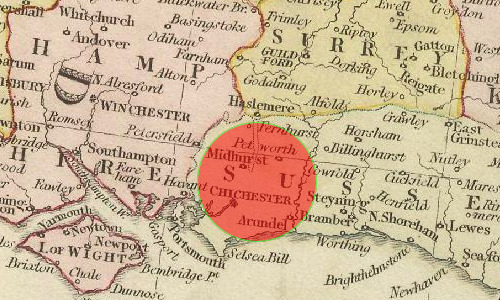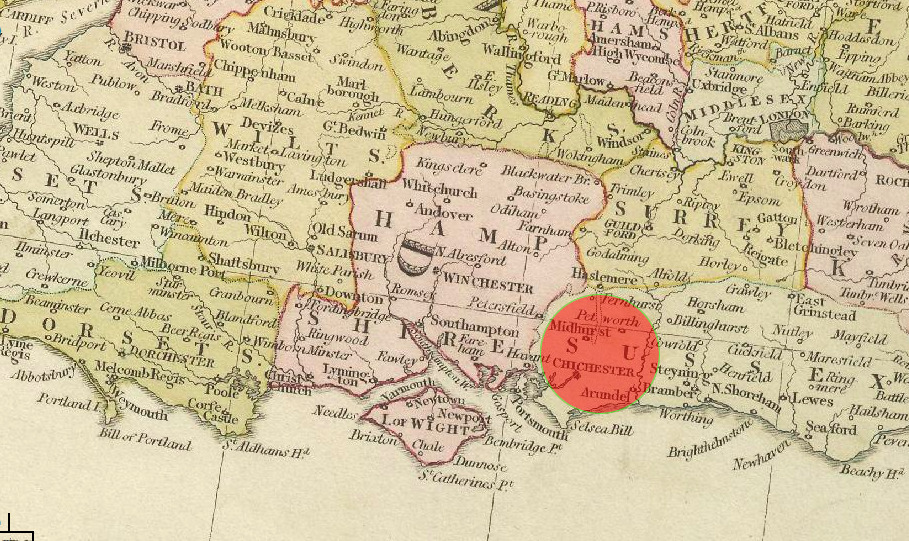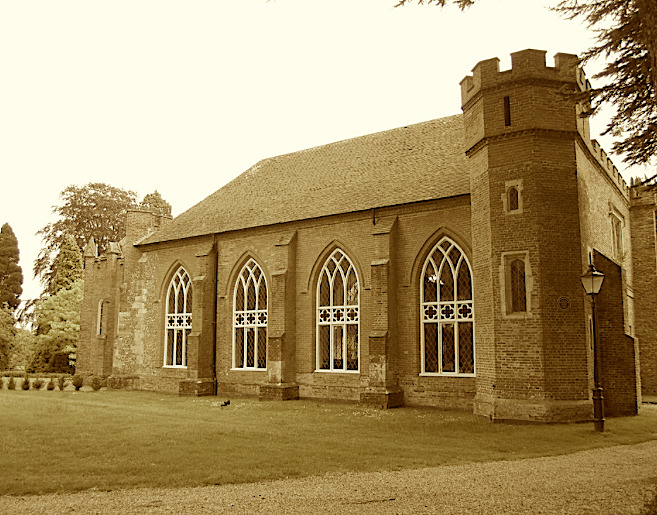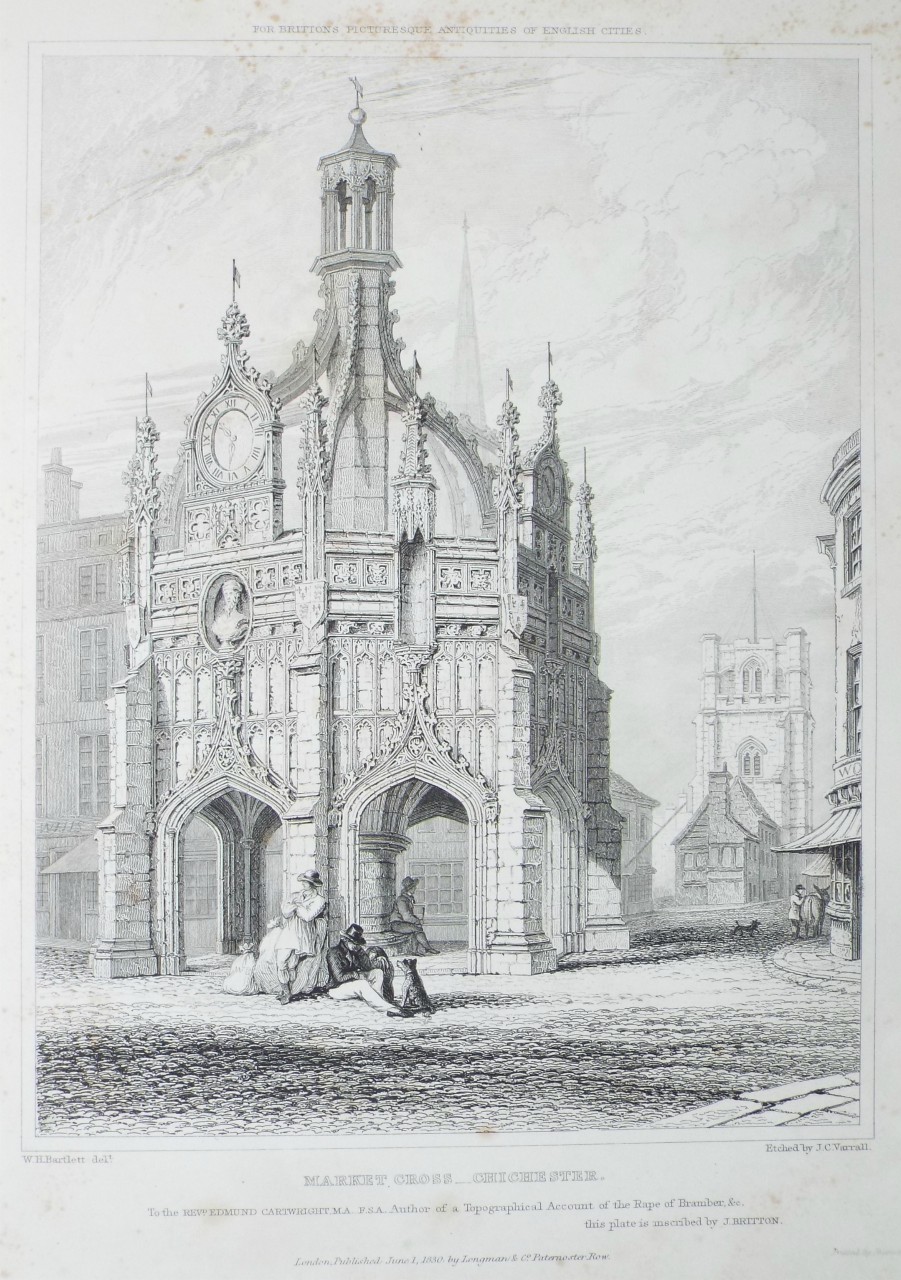25 January 1819: A Gothic Church & Achievement in Waiting
Chichester and Chapel of St Paul


As part of their two-week trip to Chichester and Bedhampton, Keats and his good friend Charles Brown take a small carriage from Chichester to witness the consecration of the Chapel of St. Paul. The Gothic style of the church seems to works itself into the window imagery of the poem Keats is working on, The Eve of St. Agnes.
Keats all the while experiences chronic health issues—coughing and sore throats, over December 1818 and into January and February—which, in the case of Keats, may be precursor signs of pulmonary or laryngeal tuberculosis. For a number of months in later 1818, Keats is exposed to the illness as he closely cares for his brother, Tom, who dies of the illness in December 1818. The illness, however, is utterly pervasive at the time, and Keats could have contracted it just about anywhere and at any time; in fact, someone can be infected for a long time before the symptoms begin to show. Consumption at the time is not understood as infectious (particularly, transmitted through the air).

Early 1819, up until about April, Keats’s poetic progress appears somewhat stagnated,
and he
mentions it more than a couple of times (see letters, 10 Jan 1819 and Dec 1818). However,
The Eve of St.
Agnes (Jan-Feb) and the uncompleted Hyperion
(begun October 1818) suggest new levels of achievement—an assured, unmannered, and
original
voice—in waiting. The two poems, in effect, announce significant poetic progress,
despite
being so different in form and sentiment. During January, Keats does say that he is
writing a
bit, but nothing substantial, but this is before he begins The Eve of St. Agnes. Keats discloses
to his close friend Benjamin Robert Haydon that,
in terms of his writing, he sees by little and little more of what is to be done, and how
it is to be done, should I ever be able to do it
(?10 Jan). In fact, if we account for
what Keats writes over the next few months, he is indeed able to do it.


As usual, January finds Keats requiring money from the trustee of the family estate, Richard Abbey; Keats is almost broke; he has been living more or less on credit from inheritance money, but it will run short by about the middle of 1819. He remains unaware of other family money waiting for him via the court. Keats is back at Wentworth Place in Hampstead sometime during the first week of February.

